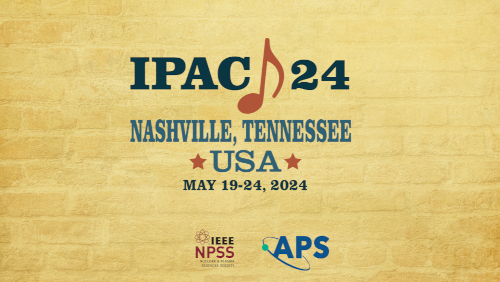Speaker
Description
For the 2024 100 GeV proton run at RHIC, the new sPHENIX detector will require a maximum amount of collisions within ±10 cm of its central Interaction Point (IP), and preferably few or no collisions outside this range. To maximize the collisions within the vertex, a large crossing angle of up to 2 mrad will be used, operating the Large Piwinski Angle (LPA) scheme. To compensate for the reduction in luminosity from the large Piwinski angle, a β=50 cm lattice has been designed and supported with dynamic aperture simulations. To further compensate the luminosity reduction, injector studies have been performed to support up to a 45% increase in the injected intensity relative to the previous 100 GeV run in 2015.1
Funding Agency
Work supported by Brookhaven Science Associates, LLC under Contract No. DE-SC0012704 with the U.S. Department of Energy.
| Region represented | North America |
|---|---|
| Paper preparation format | LaTeX |

